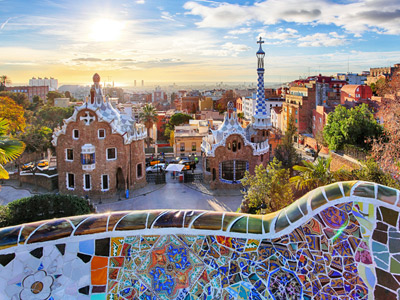

Comprehension - I Can Read Spanish! (Quiz 2)
This Spanish Easy Review comprehension quiz is going to continue to help you review your ability to read Spanish. It is, in fact, the second quiz in a series of six that will show you just how much Spanish you have learned.
For the most part you have been learning vocabulary words, adjectives, verbs and conjugating them in the present tense, and a little bit about sentence structure. You are now putting all of that information together to start reading.
If you have already taken the Spanish Easy Review quiz titled Comprehension: I Can Read Spanish! (Quiz 1) you probably found that you really can now read Spanish! It wasn’t as hard as you thought.
Ready for more?
not all...
quizzers. Try to win a coveted spot on our Hall of Fame Page.






